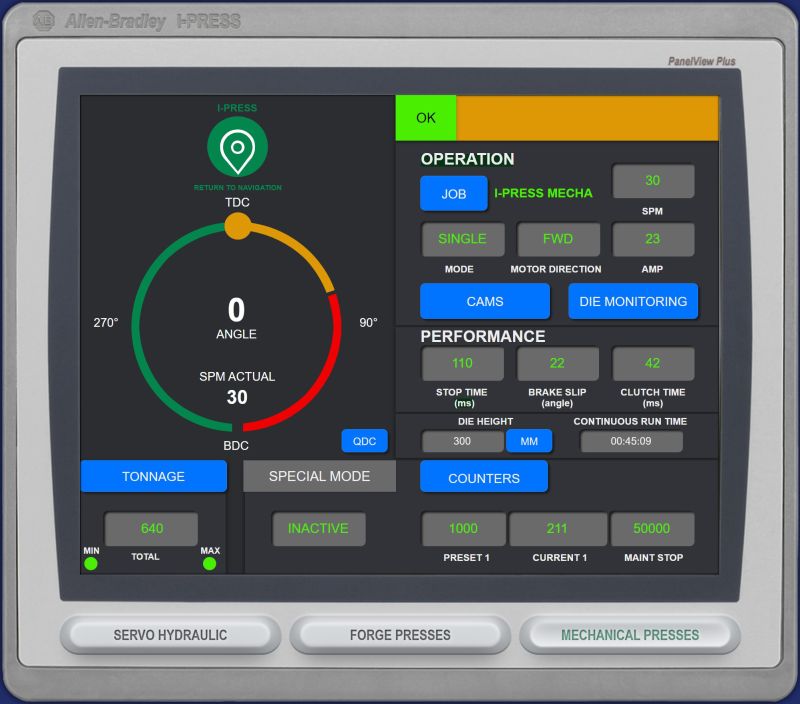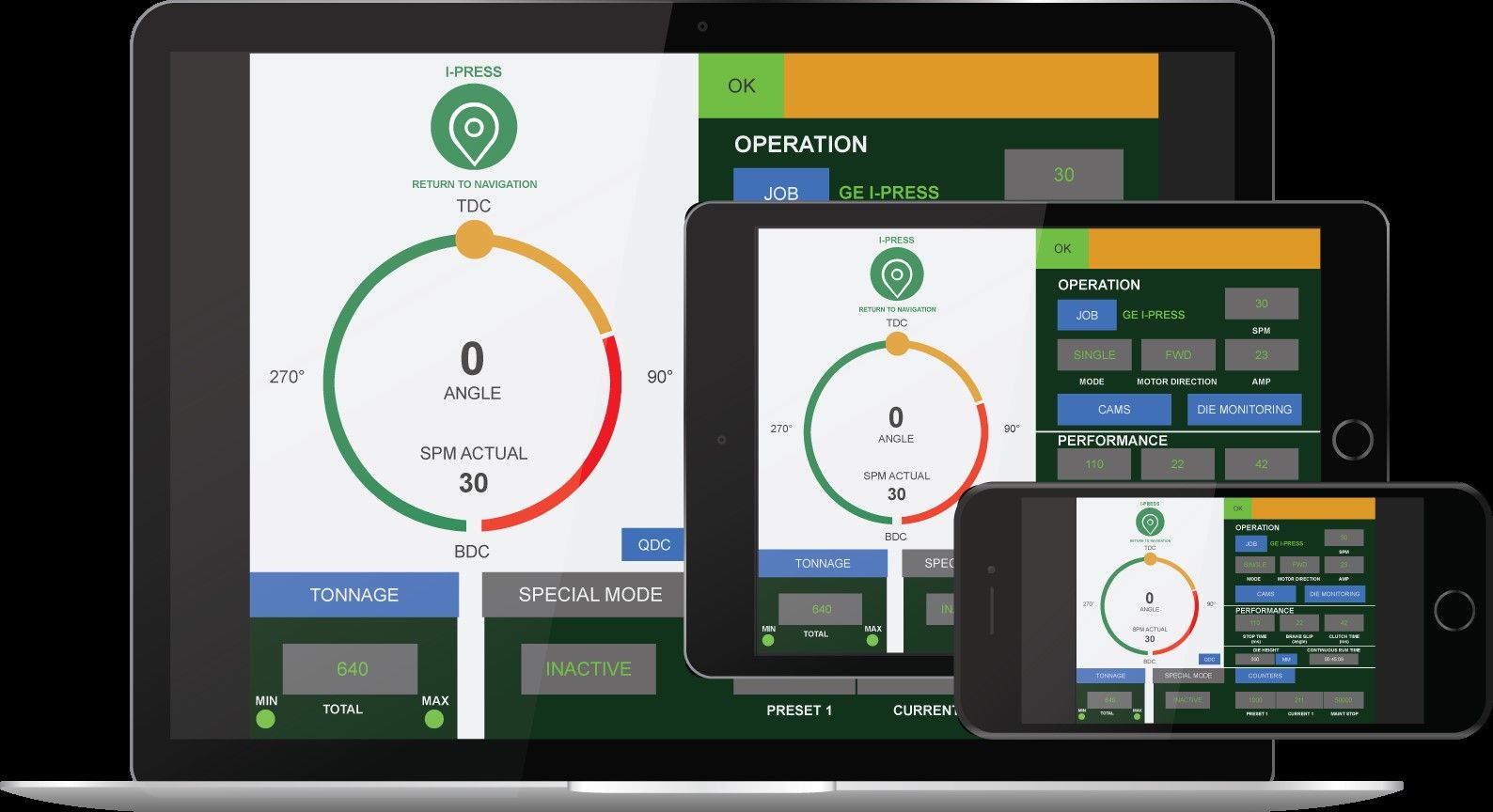THE PROBLEM WITH TRADITIONAL PRESS CONTROLS
In the late 1990s, Mark Sutherland, a seasoned expert in the metal forming industry, attended the EuroBLECH trade show in Hannover, Germany. Among massive machines from top manufacturers in Germany, Japan, and Italy, one issue stood out: the press control systems. These control panels were overly complex, intimidating, and clearly designed by engineers for engineers. Even for someone like Mark, with decades of experience, the systems were difficult to navigate.
A SIMPLE QUESTION THAT SPARKED INNOVATION
Amid the noise and mechanical spectacle, Mark had a transformative thought: “What if a press control could be welcoming, easy to use, and even a bit fun?” That question sparked a journey that would eventually reshape the press control industry. Mark envisioned a future where operators of all experience levels could safely and confidently manage even the most advanced machinery.

DESIGNING A USER-FIRST CONTROL SYSTEM
Returning home from the trade show, Mark began developing a new kind of press control system—one designed not around the machine, but around the person using it. He adopted a philosophy he called the “EEE” principle: Engage, Entertain, and Educate. With this foundation, he and his team began work on what would become a revolutionary interface: I PRESS.
INTRODUCING I PRESS: DESIGNED FOR PEOPLE
The I PRESS control system was built with a large, intuitive touchscreen interface and a software-based architecture compatible with industry-standard platforms like Rockwell Automation (AB), Siemens, and Omron. Unlike rigid legacy systems, I PRESS was designed for flexibility, user engagement, and adaptability across a wide range of press types—from mechanical and servo-hydraulic to forge presses.

BUILT FOR SAFETY, SIMPLICITY, AND FUTURE GROWTH
Over time, I PRESS evolved to meet and exceed international safety benchmarks, including Category 3 and Performance Level D (PL-D). More importantly, its architecture allowed for seamless updates through software—eliminating the need for costly chip replacements. This future-ready approach made I PRESS a practical and forward-thinking investment for manufacturers.
POWERFUL FEATURES THAT IMPACT PERFORMANCE
I PRESS was more than just user-friendly—it was packed with intelligent features tailored for real-world production environments:

RETROFITS FOR ANY BUILDER OF PRESSES
One of the standout advantages of I PRESS is its adaptability. The system is available for retrofitting older presses—even those built by other manufacturers. This makes it an excellent solution for shops looking to modernize without replacing entire machines. By upgrading controls alone, manufacturers can significantly improve safety, reliability, and performance.
TRANSFORMING PRESS OPERATIONS GLOBALLY
Mark Sutherland’s commitment to operator-focused design didn’t just improve press controls—it transformed the way companies around the world think about equipment usability. Today, I PRESS stands as a leading control solution in the global press market, setting a benchmark for simplicity, smart technology, and long-term value.

A LEGACY OF INNOVATION
From a single moment of inspiration on the trade show floor to an industry-changing technology, the invention of I PRESS proves that the best ideas come from truly understanding the user. Mark Sutherland’s legacy lives on in every machine running this powerful, practical, and people-first control system.


THE PROBLEM WITH TRADITIONAL PRESS CONTROLS
In the late 1990s, Mark Sutherland, a seasoned expert in the metal forming industry, attended the EuroBLECH trade show in Hannover, Germany. Among massive machines from top manufacturers in Germany, Japan, and Italy, one issue stood out: the press control systems. These control panels were overly complex, intimidating, and clearly designed by engineers for engineers. Even for someone like Mark, with decades of experience, the systems were difficult to navigate.